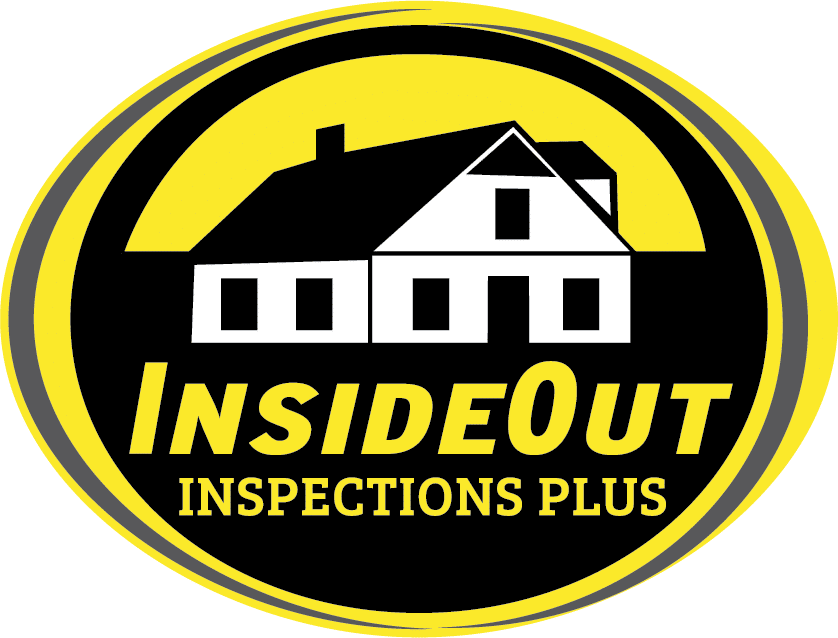When the lights turn on and the outlets work, it’s easy to think everything is fine behind the walls. But nearly every home or commercial property has at least one electrical safety issue that goes unnoticed until an inspection.
According to the Electrical Safety Foundation International (ESFI), home electrical fires account for nearly 51,000 fires each year, resulting in more than 500 deaths, 1,400 injuries, and $1.3 billion in property damage.
Whether you’re in the middle of a real estate transaction or just due for a check-up, knowing what your inspector looks for can save you serious money and stress.

The Most Common Electrical Issues Found
Inspectors aren’t just checking whether the lights turn on. They’re trained to spot deeper problems that can lead to overheating, short circuits, or electrical fires. Here’s what shows up most often..
Double-Tapped Breakers
This happens when two wires are connected to a breaker designed for only one. It can lead to overheating or arcing, especially in older panels that aren’t rated for this kind of load.
Missing or Faulty GFCIs
Ground Fault Circuit Interrupters (GFCIs) help prevent shock in wet areas like kitchens, bathrooms, garages, and outdoor spaces. Missing GFCIs are one of the most frequently noted concerns on inspection reports, and it’s often an easy fix that makes a big safety difference.
Loose Outlets or Exposed Wiring
Over time, outlets can wiggle loose and expose wiring. Sometimes, DIY repairs leave open junction boxes or exposed splices that should be enclosed. These may not be obvious until an inspector opens panels or checks attics and crawl spaces.
Improperly Wired Panels or Circuits
Mislabeling, reversed polarity, or over-fusing are all more common than most people realize. A circuit with the wrong size breaker or wiring could be silently overheating behind your walls.
Overloaded Extension Cords and Power Strips
Especially in commercial settings or older homes without enough outlets, inspectors often find power strips daisy-chained together or extension cords used as permanent wiring solutions. These create unnecessary risk and are flagged during inspections.
What Inspectors Can Check
A home or commercial inspection includes a visible review of the property’s electrical system and safety. That means the inspector will:
- Remove the panel cover and visually check wiring, breakers, and grounding
- Test a sample of outlets for correct wiring and function
- Check visible wiring in attics, garages, and crawlspaces
- Verify the presence and function of GFCIs and AFCIs where required
- Note safety concerns, outdated panels, or overloaded systems
However, inspectors don’t open up walls or conduct invasive testing. If they find something concerning, they’ll often recommend further evaluation by a licensed electrician.
Why These Issues Matter
The biggest risks tied to electrical issues aren’t just about inconvenience. They’re about life safety.
According to the National Fire Incident Reporting System, electrical failures or malfunctions account for nearly 13% of all residential fires in the U.S. These problems can be easily missed by homeowners, especially in older homes or flipped properties where corners might have been cut.
In commercial properties, faulty wiring or overloaded systems can lead to code violations, operational interruptions, or even denied insurance claims.

When They Come Up the Most
Electrical safety problems are flagged during any kind of inspection, but they’re especially common in:
- Older homes built before modern code requirements
- Flipped properties where DIY renovations may have been rushed
- Commercial buildings with aging infrastructure or expansion wiring
- Foreclosed or vacant homes that have been left unmaintained
- Additions and garages that were wired after the original construction
If your property fits any of these categories, it’s even more important to have a full inspection before listing, buying, or starting renovations.
Related Questions and Answers
Is a home inspection required to check the electrical system before selling?
While not legally required in every state, most real estate transactions include a full home inspection, which covers visible electrical components. It’s in the seller’s best interest to identify and fix any issues early.
Can I sell my house if it has electrical problems?
Yes, but those problems will likely affect your sale price or negotiation. Some buyers may request repairs or credits. Getting an inspection before listing can help you avoid surprises.
Do inspectors test every outlet and switch?
Typically, inspectors will test a sample from each room. If they notice signs of issues, they may test more extensively or recommend an electrician for further evaluation.
What’s the difference between a home inspection and an electrician’s evaluation?
Home inspectors evaluate overall safety and function. Electricians are specialists who can troubleshoot specific issues, make repairs, and confirm code compliance.
When to Get an Inspection
If it’s been more than a few years since your last home or commercial inspection, or if you’re planning to buy, sell, or renovate, now is the time to schedule one. Don’t wait for signs like flickering lights or warm outlets.
InsideOut Inspections Plus serves homeowners and commercial clients across Ohio and Michigan. Our team knows what to look for and how to spot the signs of deeper electrical issues before they become dangerous or expensive to fix.
Conclusion
Electrical hazards are rarely obvious. Let our licensed inspectors take a closer look.
Schedule a home or commercial inspection today with InsideOut Inspections Plus and get a clear picture of your property’s condition, from the panel to the outlets, and everywhere in between.


